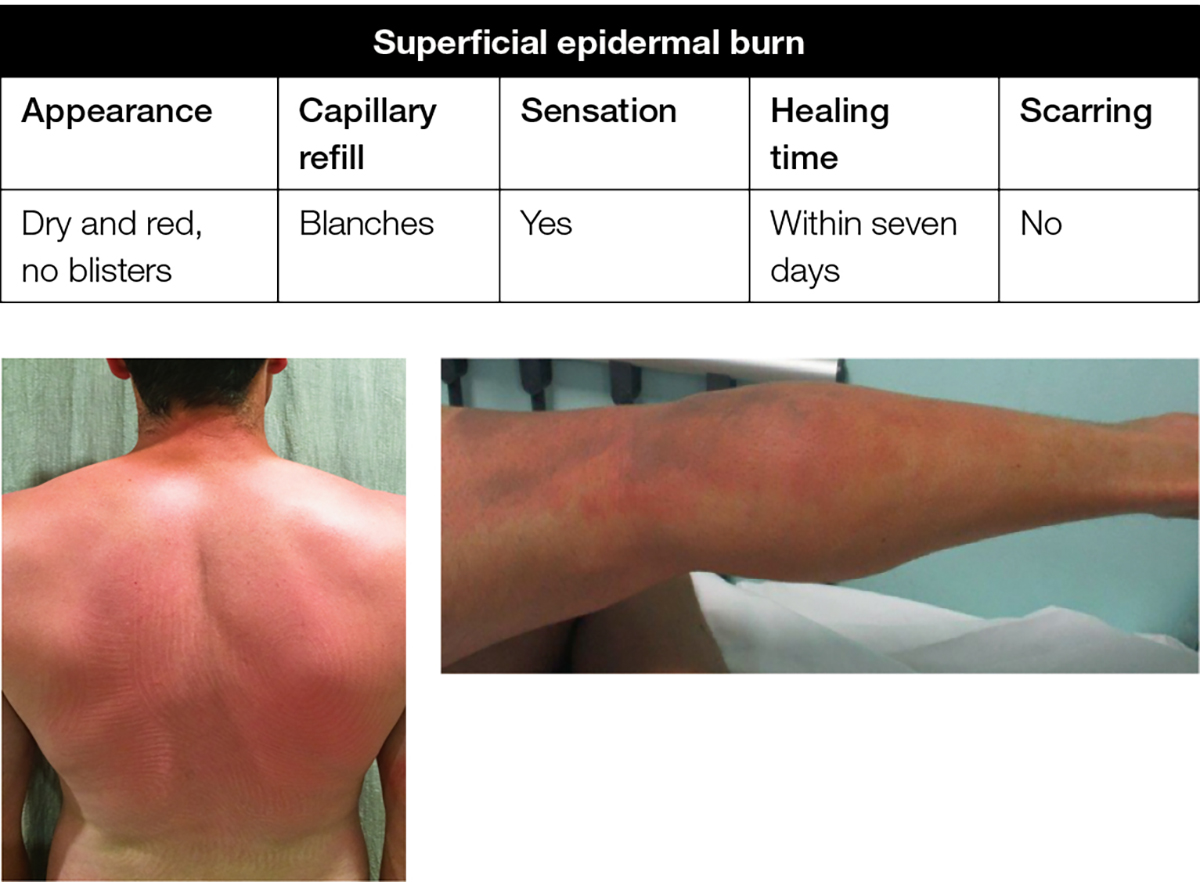wet to dry dressing procedure
The dressing on the wound. Covers would with a dry sterile 4x4 gauze and then an ABD pad does not touch linens or patients gown with sterile inside of pad.
If the wound is large or difficult to tape securely wrap a clean roller bandage over the gauze Picture 5.

. Carefully remove the tape. Appropriately secures dressing with. Another problem with wet-to-dry dressings relates to the solutions commonly used to moisten them.
Your task is to learn the procedure for a wet-to-dry dressing change. With this type of dressing a wet or moist gauze dressing is put on. Wash hands and put on clean gloves and apply dressing per order.
10Cover it with a dry gauze square. Remove and dispose of gloves properly. Your health care provider has covered your wound with a wet-to-dry dressing.
Tape the edges of the dry gauze. Pour saline into a clean bowl. Place gauze pads and any packing tape you will.
Open 4 x 4 and moisten with saline or potable water before applying. What is a wet-to-dry gauze dressing. This handout for surgery patients explains how to change a wet-to-dry gauze dressing.
Applying a wet-to-dry dressing. Wet to Damp Dressing. The dressing is allowed to dry and.
Checks physicians order for type of irrigation solution and type of dressing to be. Moisten remaining sterile 4x4 gauze in. The steps to apply wet dressings are below.
Wet-to-dry dressings have been standard procedure for home care wound care patients although research indicates gauze dressings are not an optimal wound care modality for the. Apply the recommended creams or ointments to your childs skin. Follow these steps to put a new dressing on.
Put on a new pair of non-sterile gloves. Place gauze pads and any packing tape you will use in the bowl. Squeeze the saline from the gauze pads or packing tape until wet but.
15 Date time and initial dressing change on tape. Secure dressing with tape. 14 Apply secondary dressing over wet gauze.
Remove the old dressing. Put on a pair of non-sterile gloves. Your guide 2 pages should include a description of.
If you are asked to use a hydrocortisone medicine this should be applied only to. The wet-to-dry technique begins when the clinician applies gauze moistened with sterile saline or water to the wound bed. 16 Dispose of all supplies.
Wash your hands thoroughly with soap and warm water before and after each dressing change. Apply an appropriate outer dry dressing depending on the frequency of the dressing changes and the amount of exudate from the wound. Wet-to-dry dressing changes.
Pour saline into a clean bowl. Wet-to-dry gauze dressings are often used with open wounds. You will create a Wet-To-Dry Dressing Guide for Medical Assistants.
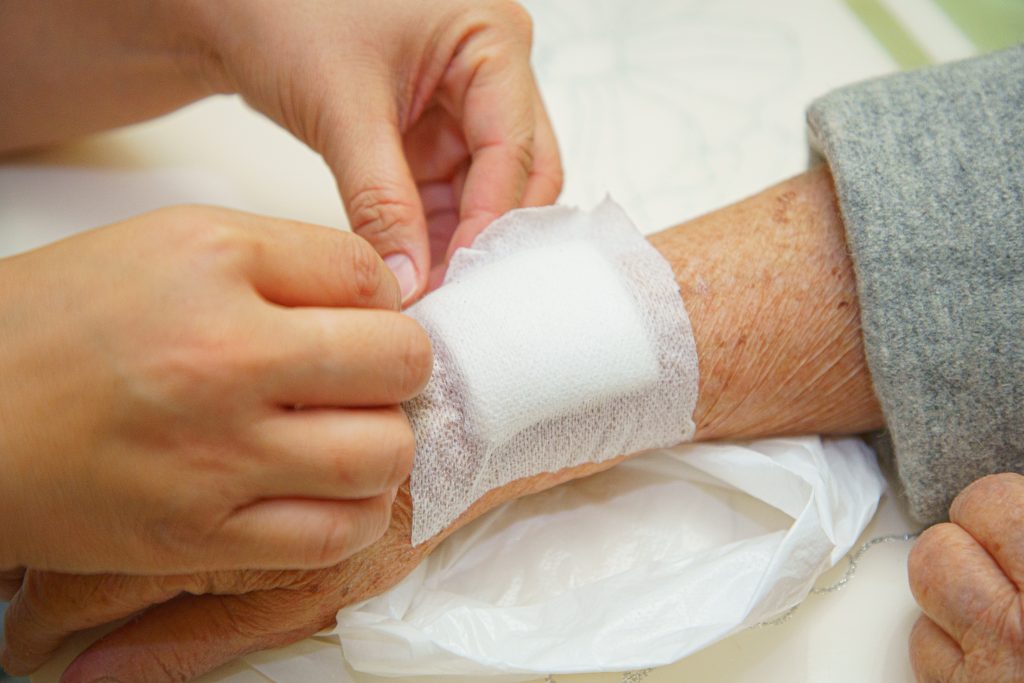
How To Change A Wound Dressing Vohra Wound Physicians
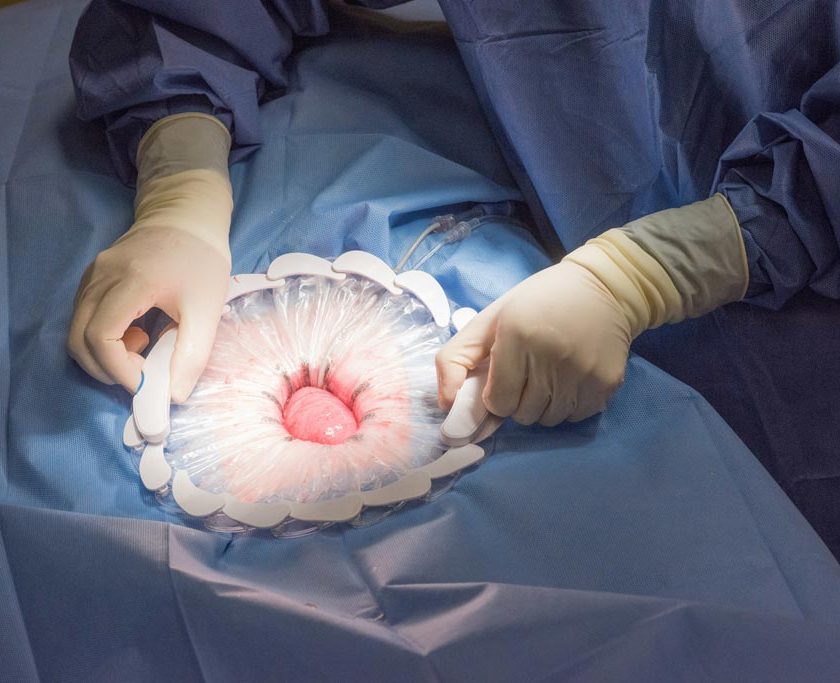
Medical Gauze 101 Wound Care Advisor
4 6 Moist To Dry Dressing And Wound Irrigation And Packing Clinical Procedures For Safer Patient Care

Moist Wound Healing The New Standard Today S Veterinary Practice

20 12 Checklist For Wound Cleansing Irrigation And Packing Nursing Skills

9 Types Of Wound Dressings When To Use Them Sonas Home Health

Wound Dressings Current Advances And Future Directions Rezvani Ghomi 2019 Journal Of Applied Polymer Science Wiley Online Library

Gauze Dressings And Alternatives To Wet To Dry Dressings Woundsource
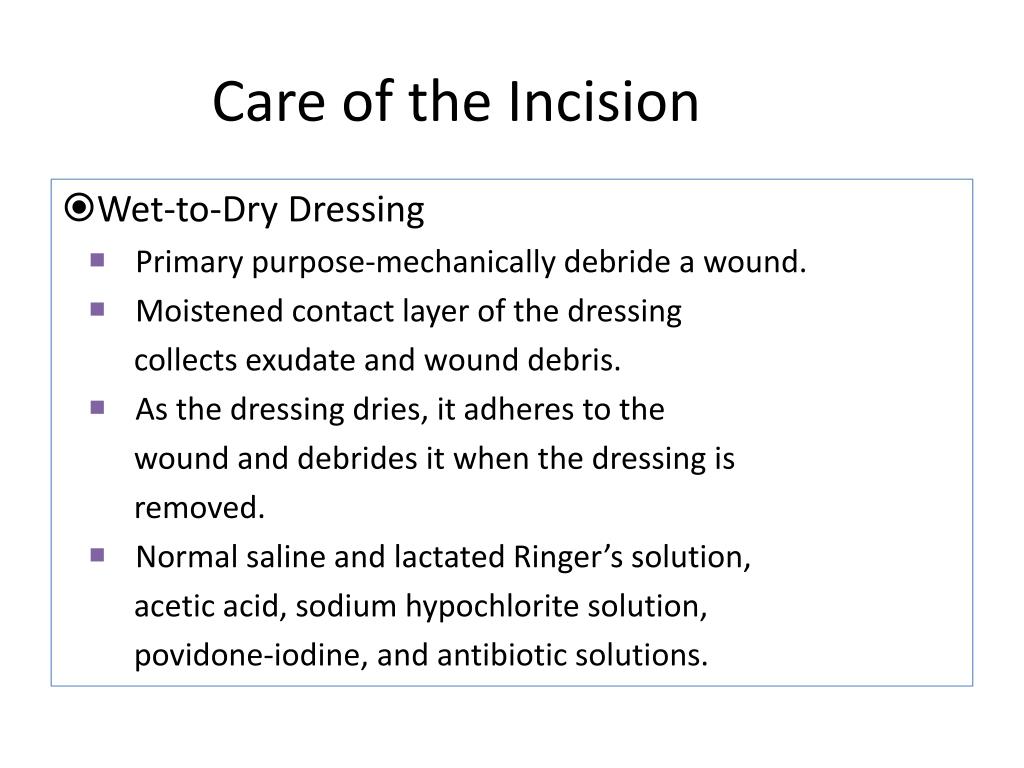
Ppt Surgical Wound Care Powerpoint Presentation Free Download Id 1615782

Sterile Wet To Dry Dressing Change Youtube
Patedu Com Wet To Dry Dressing Changes For Pediatrics

Pdf Surgical Dressings Current Trends And Future Prospects
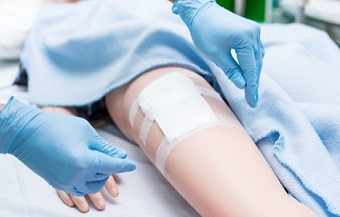
Case Scenarios Putting Your Wound Dressing Knowledge Into Practice Woundsource
4 6 Moist To Dry Dressing And Wound Irrigation And Packing Clinical Procedures For Safer Patient Care

Wet To Dry Dressing Change 2 2 2 Docx Nr 224 Skills Return Demonstration Wet To Dry Dressing Change Name Of Student Date Directions Faculty Course Hero

The Use Of Wet To Dry Dressings For Mechanical Debridement Semantic Scholar
